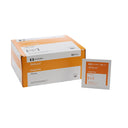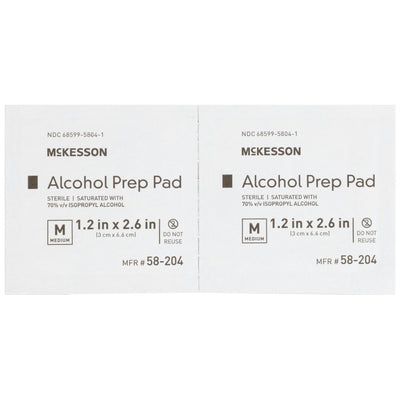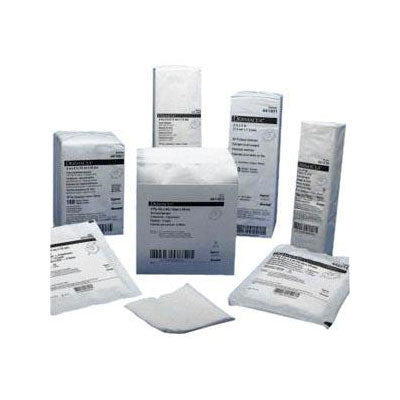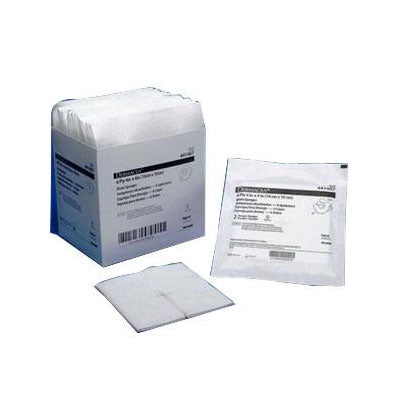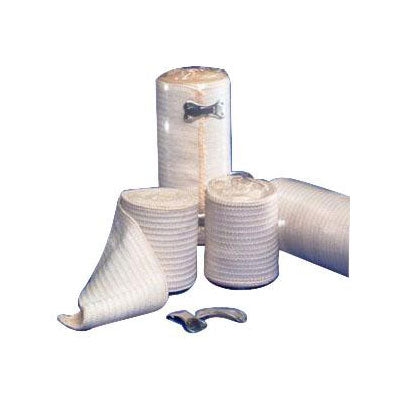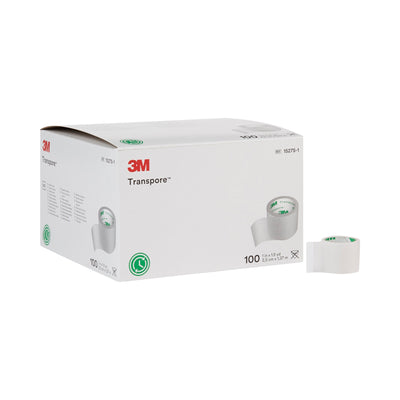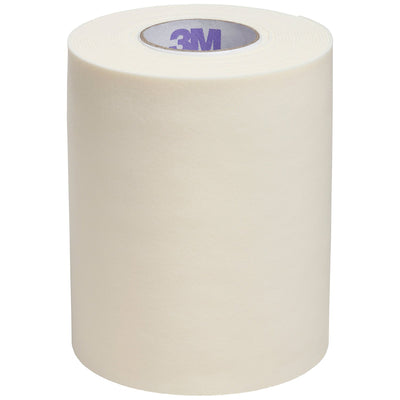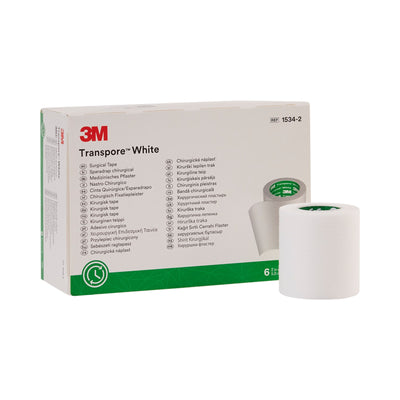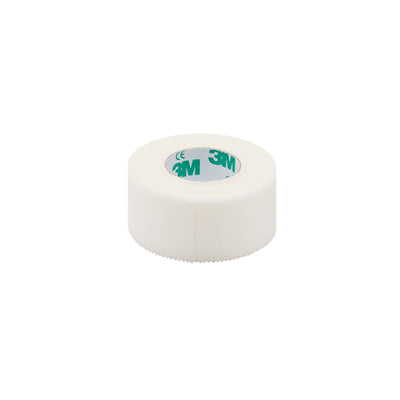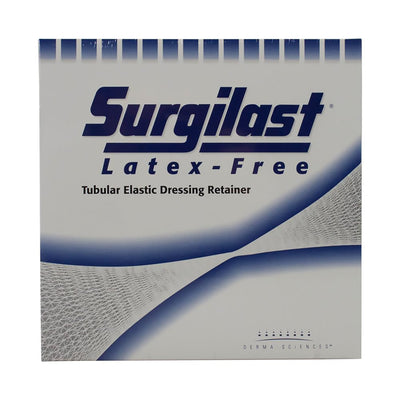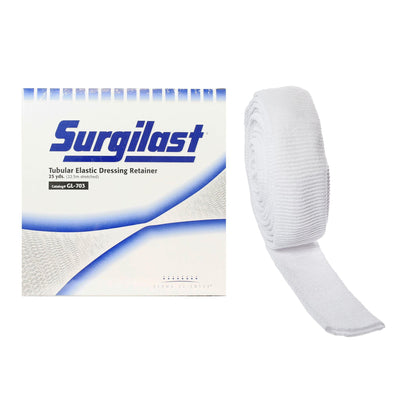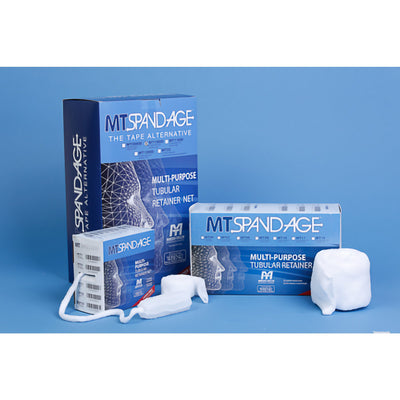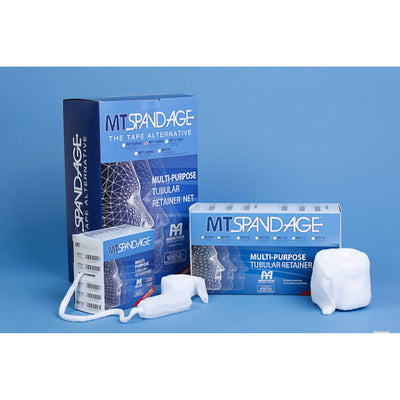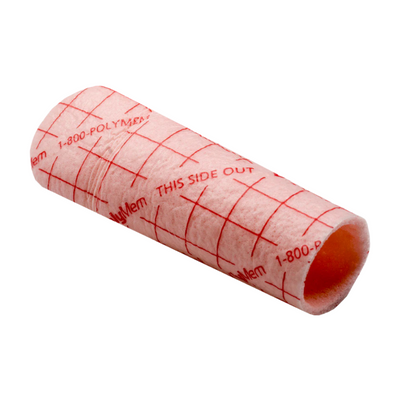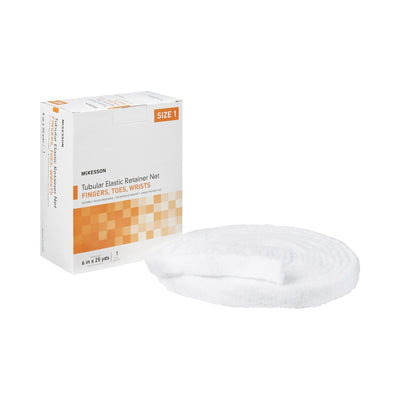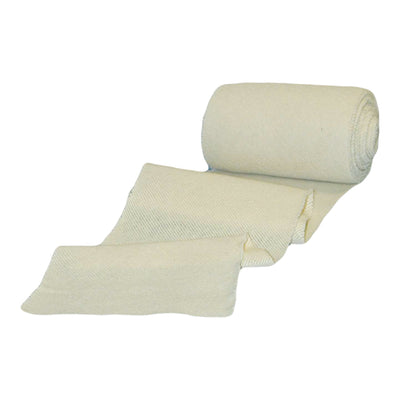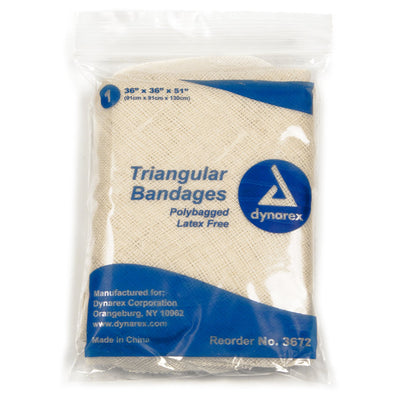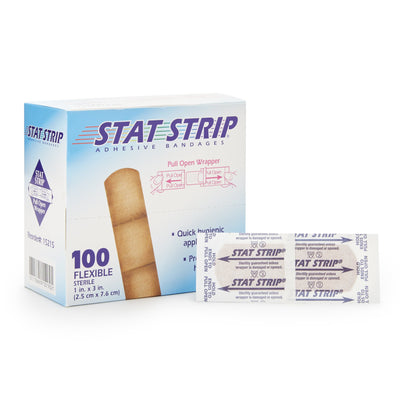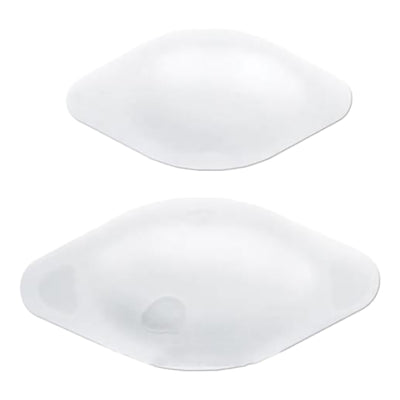General Wound Care
Filter and sort
A Clear Guide to Confident Wound Care at Home
Caring for a wound at home can feel overwhelming. Let's make that process clear and calm. The principles of good wound care are simple: first, you gently cleanse the area, then you select the right cover, and finally, you secure it properly. This guide will walk you through each step.
Step 1: Gently Cleanse the Area
The first step is always to prepare the area for healing. For cleansing the skin, a gentle but effective solution is best. You have three main choices for this.
Saline Wound Wash
This is the gentlest option. Saline is chemically balanced to match your body's fluids, so it cleans without stinging or damaging healthy tissue. It's perfect for flushing away debris from sensitive wounds.
Shop Wound CleansersAntiseptic Wipes
Antiseptic wipes contain active ingredients to help kill bacteria. They are best used on the skin *around* the wound to prevent infection, especially for minor cuts before applying a simple bandage.
Shop Wound CleansersAlcohol Prep Pads
This is your essential tool for preparing skin for a medical procedure, like an injection or blood sugar test. Each pad's 70% isopropyl alcohol kills germs to reduce infection risk. To prevent irritation, use them on unbroken skin, not for cleaning inside open wounds.
Shop Alcohol Prep PadsStep 2: Choose the Right Cover
Choosing the right dressing protects the wound and creates the ideal environment for healing. Here are the most common types you'll need at home.
Gauze Pads & Sponges
The classic choice. Gauze is breathable and absorbent, making it a versatile tool for covering healing wounds or applying ointments.
Shop Gauze Pads & SpongesFoam Dressings
When a wound has more fluid or moisture (called "exudate"), a foam dressing is ideal. It is highly absorbent to keep the surrounding skin healthy and prevent it from becoming soggy.
Shop Foam DressingsHydrocolloid Dressings
Hydrocolloid dressings are a modern marvel for clean, uninfected wounds. Think of it like a smart bandage. It turns wound fluid into a gel, creating a moist, protective barrier that can speed up healing. It's like a second skin.
Shop Hydrocolloid DressingsI was so nervous about changing my dad's dressing after his surgery. The guide helped me understand that a hydrocolloid was what we needed. It worked perfectly and gave me so much peace of mind.
Maria S., Verified Buyer
Step 3: Secure The Dressing
A dressing is only effective if it stays in place. The right tape or wrap secures the cover without irritating the skin.
Gentle Paper Tape
For sensitive or fragile skin, paper tape is the best choice. It provides a secure hold but removes gently without causing damage.
Shop Medical TapeFrequently Asked Questions
What is the difference between an antiseptic wipe and saline wound wash?
Use saline wound wash to gently clean the wound itself without stinging. Use an antiseptic wipe on the healthy skin around the wound to kill germs before applying a dressing.
Are hydrocolloid dressings and foam dressings for infected wounds?
No. This is a critical safety distinction. Advanced dressings like hydrocolloids and foams are for clean wounds. If a wound shows signs of infection (like redness, pus, or increased pain), consult a healthcare professional immediately.
How often should I change a dressing?
This depends on the type of dressing and the wound itself. Always follow your doctor's advice. Generally, a dressing should be changed if it becomes wet, dirty, or the wound fluid soaks through.


